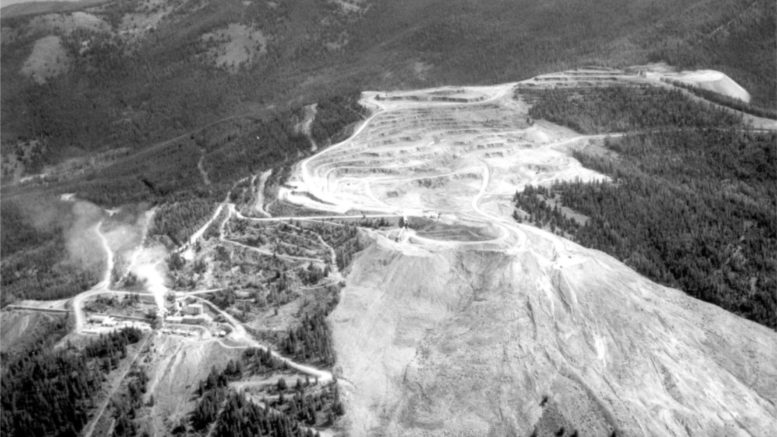By McKenzie Williams
In an order filed on Dec. 11, the Montana Supreme Court ordered the appointment of six additional asbestos claims court judges to handle the ever increasing burden of personal injury cases being filed.
This order comes just over a year after the same court’s Nov. 28, 2017 order which implemented the Asbestos Claims Court and appointed Judge Amy Eddy to manage pretrial proceedings. With judge Eddy presiding, the 2,229 claimants’ cases have been divided into a deferred docket and an active docket of 835 people whose cases are pending in multiple district courts.
The claims stem from Libby’s asbestos-contaminated vermiculite mining history, and they have been increasing since the WR Grace bankruptcy in 2001. Many cases could not be tried in state court until the W.R. Grace bankruptcy filings were completed which created a large backlog.
The number of future cases is also anticipated to continue increasing by about 200 annually for the foreseeable future, according to the court’s order. According to the CARD Clinic, new diagnoses of asbestos related disease are still seen regularly because of the availability of ongoing free asbestos health screenings and a latency period that can take more than 40 years from the time an individual was first exposed to asbestos fibers until disease is identified.
The 835 active docket cases will now be divided in an equitable and efficient manner between the six district judges who have been appointed including Libby’s own Matt Cuffe.
Cuffe was unavailable for comment prior the printing of this story, but it is anticipated that, along with the other judges, he will help keep the asbestos cases progressing forward by taking three to four to trial monthly beginning in July when the asbestos claims court, in its current form, will end; hopefully having made rulings to streamline resolution of future cases.
It is also anticipated that Cuffe and the other judges will continue with their regular district court cases.
The other five judges appointed to the asbestos claims court include judges Michael McMahon, Jon Oldenburg, John Parker, Gregory Pinski, and Dan Wilson.
According to the order, each judge will preside over their individual cases “from commencement of the action through settlement or trial.”
Settlement of cases in a more timely manner could be helpful to many locals who represent the majority of claimants. In a Montana Public Radio interview with Court Administrator, Beth McLaughlin, MPR reported that some claimants have had pending cases for 15 years or more. It is hoped that the addition of six judges will ease this backlog.
For those claimants on the deferred docket, their claims will remain open but not active as long as they continue to remain eligible with “normal” or “mild” disease as defined in the court’s Sept. 13, 2018 order. In addition, they are to have pulmonary function tests annually as these are the tests used to help define an individual’s functional capacity as normal, mild, moderate or severe.
Areal view of Libby’s vermiculite mine while it was in operation prior to 1990 courtesy of the Center for Asbestos Related Disease.

